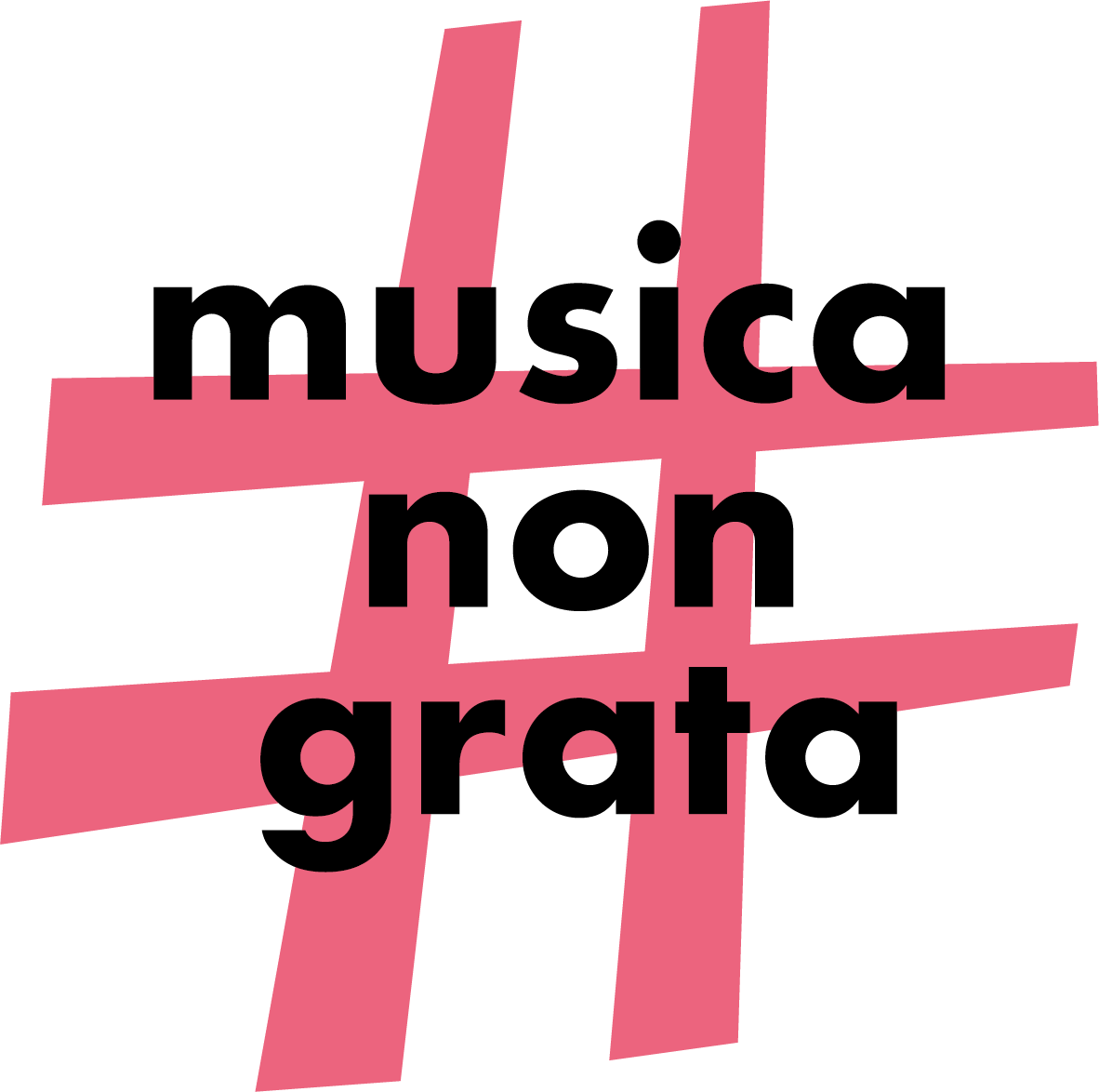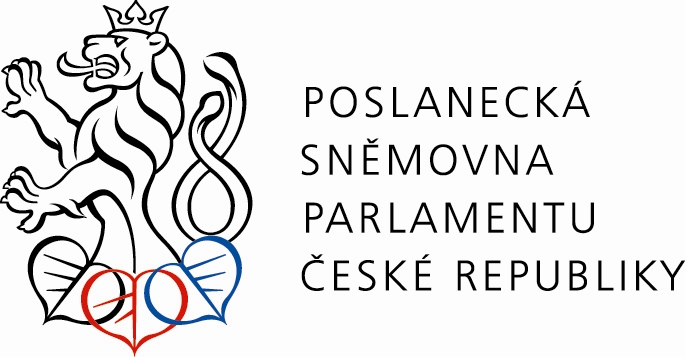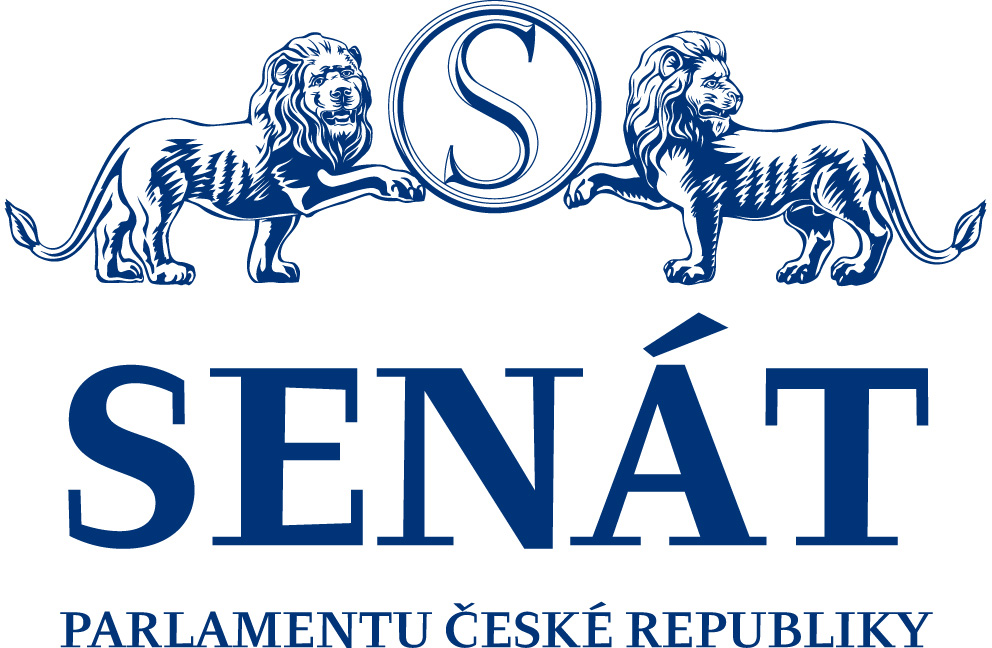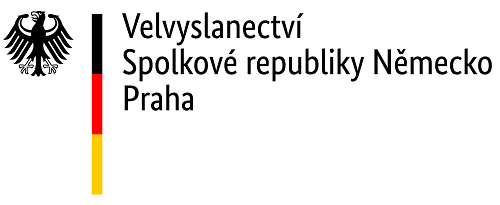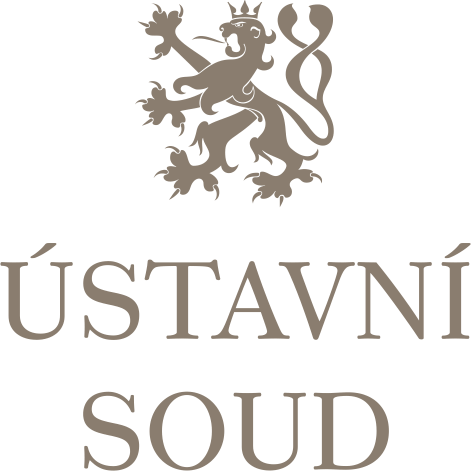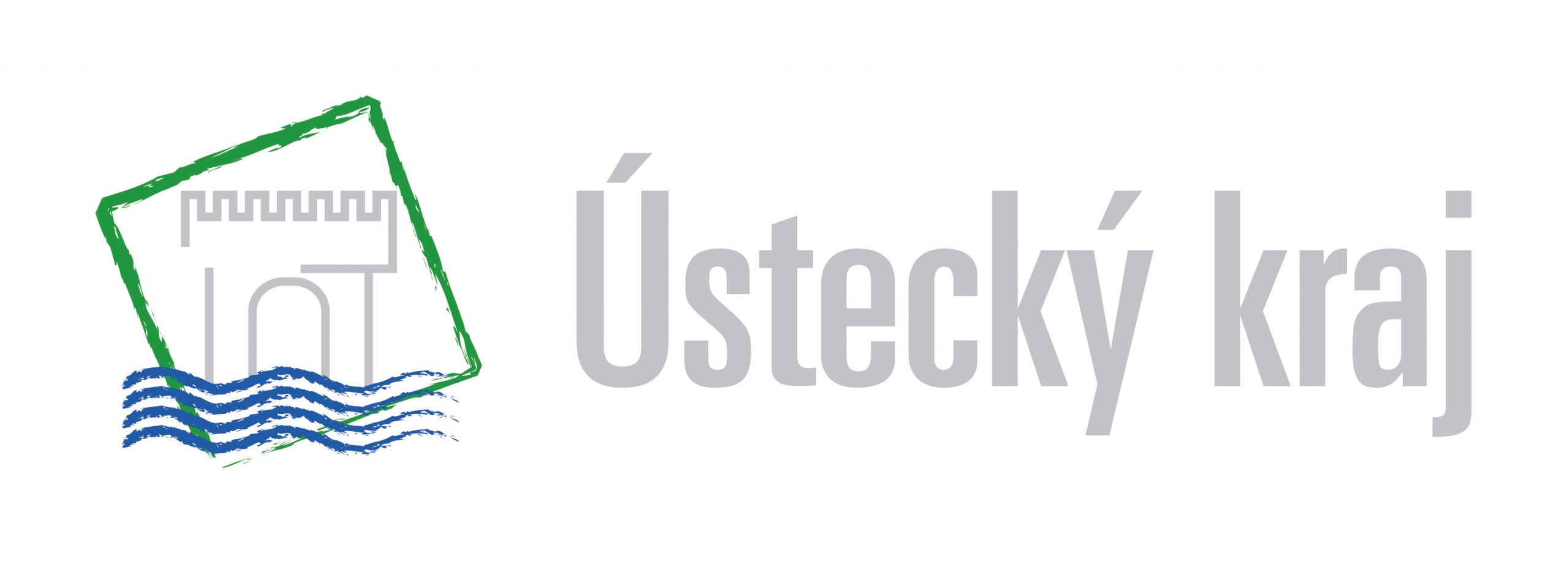PKF – Prague Philharmonia, Robert Kružík – conductor
Anna Paulová – clarinet
This concert is held under the auspices of the US Embassy in the Czech Republic
Program:
Hans Krása – Overture for a Small Orchestra
Wolfgang Amadeus Mozart – Symphony in D Major "Prague", KV 504
Adagio - Allegro
Andante
Finale - Presto
Erwin Schulhoff – Three Pieces for String Orchestra, Op. 6
Elegy in the Style of Edward Grieg. Allegretto
Minuet in the Old Style. Tempo di Menuetto
Pipa tanzt. Allegro moderato
intermission
Wolfgang Amadeus Mozart – Concerto for Clarinet and Orchestra in A Major, KV 622
Allegro
Adagio
Rondo. Allegro
Erich Wolfgang Korngold – Theme and Variations, Op. 42
Theme: Allegretto (in the manner of an Irish folk song)
1st variation: Pocchissimopiù animato
2nd variation: Più mosso
3rd variation: L'istesso tempo, scherzando
4th variation: Meno, cantabile e grazioso
5th variation: Allegro molto
6th variation: Moltomeno mosso, lento
7th variation: Marcia – Meno maestoso – Encorapiùmeno
The Overture for a Small Orchestra was composed by Hans Krása (1899–1944) in the Terezín concentration camp in 1943/44, after reconstructing his children’s opera Brundibárbased on a piano manuscript, which was an unprecedented success when performed by children imprisoned in the Terezín ghetto. The musical means of the Prelude are reminiscent ofBrundibárin many ways in the rhythmic component and melodic motifs, but the orchestra is more richly cast. The composition is built on three themes. The first the clarinets, then the violins, and lastly the trumpets. Their returns are not mere repetitions, but masterful variations. The composition was apparently not performed in Terezín, as evidenced by the preserved score, which is almost undamaged and without the usual performance notes. So, it was apparently first performed on June 2, 1993, in Jerusalem by the orchestra The Van Leer Chamber Music Players under the direction of the Czech conductor Bohumil Kulínský.
Based on the success of the first Prague performance of Wolfgang Amadeus Mozart's (1756–1791) opera, The Marriage of Figaro, which took place in December 1786 at the Nostic (Estates) Theater, "a company of great connoisseurs and lovers of music" – as Leopold Mozart wrote to his daughter on 12 January 1787 – invited the composer to Prague. Mozart actually came to Prague the following month, saw his opera and personally conducted its performance on January 22, 1787. Three days before, on January 19, he organized a music academy in the theater during which he performed his Symphony in D major (KV 504), which was later named "Prague". Mozart connoisseurs still do not agree on what purpose it was originally created for, perhaps for the unrealized or undiscovered academy in Vienna. This would be indicated by the fact that the sketch of the final movement was already created in the spring of 1786, but at that time Mozart put the composition aside. Whether or not he completed the composition for the upcoming trip to Prague or for another occasion, the Prague concert is in any case its first verifiable performance. The symphony has three movements and does not have a dance movement. Researchers do not agree on this point either. Some believe that Mozart returned to an older type of Italian symphony, others say that during the work he perceived the minuet as already "out of date", perhaps a simple lack of time was also the reason. The first sonata movement has a slow introduction, the longest that Mozart ever wrote, which is already a kind of foreshadowing of the overture to the opera Don Giovanni, the allegro part is a beautiful example of Mozart's art of polyphonic work. The calm prochromatic andante of the second movement on the layout of the sonata form is replaced by a buffoonish finale. Its opening theme recalls the duet of Zuzanka and Cherubino from the second act of The Marriage of Figaro, so for the Prague audience it was a reminder of a work they already knew.
Three Pieces for String Orchestra Op. 6 was composed by Erwin Schulhoff (1894–1942) in 1910, during his studies in Leipzig. Schulhoff's pianistic practice and experience with the contemporary repertoire are reflected in his compositional attempts at the time. Even as a child, he loved the compositions of Edvard Grieg. His influence can still be seen in the first movement of Three Pieces, the second is an echo of the study of historical music, the third is already heading towards new worlds: Und Pippa tanzt! (And Pippa Dances!) is the name of Gerhart Hauptmann's "glass-making tale", which was first performed in January 1906 at the Lessing Theater in Berlin. Pippa (in the title of the movement of Schulhoff's composition Pipa) is the daughter of an Italian glassmaker somewhere in the Krkonoše mountains, herself as fragile as glass, a girl who moves between different male types, flies like a spark - and disappears like a spark. Schulhoff stylised the dance rhythmicaly close to a light waltz.
Concerto for Clarinet and OrchestraA major KV. 622, one of Wolfgang Amadeus Mozart's last compositions, was composed immediately after the Prague premiere of the coronation opera La clemenza di Tito. The score was probably completed in early October 1791 in Vienna. The concert was dedicated to Mozart's friend Anton Stadler (1753–1812), an excellent clarinetist and basset horn player. The clarinet as an instrument has undergone a long and complicated development. It appeared in orchestras for the first time sometime after 1720. Mozart got to know it during his concert tours. He encountered the use of the clarinet in a symphony and as a solo instrument at the Mannheim court during his stay there in 1778. In 1789, he dedicated the Clarinet Quintet KV 581 and several other compositions to Stadler, who connected the composer to theFreemasons. Stadler (alone or with his brother Franz, also a clarinetist) made technical adjustments to the clarinet; his "bassett clarinet" was longer than today's instrument and had a third greater range; when playing today's clarinet in A, notes exceeding this third must be transposed by an octave. Mozart's Clarinet Concerto is unique; it can be considered the first composition for this solo instrument to use all its registers. It also made unprecedented demands on scale mobility and smooth cantilene.
Erich Wolfgang Korngold (1897–1957) was in the United States working on the score for the film Robin Hood, when in March 1938 he got caught up in the news of the "Anschluss" of Austria to Hitler's Reich. His Viennese house was confiscated by the Gestapo and the composer decided to stay in America. He himself then said that Robin Hood saved his life. Korngold considered the main basis of the art of composition to be an idea - one that can be transformed and yet remains itself, one that is captured in the ear and mind of the listener. Such an idea was a premise that Korngold capitalized on in film music, in which he became a model for many others. However, Korngold made a strict distinction between "consumer" music, in which he also included his music for films, and "serious work", to which he assigned opus numbers. Theme and Variations Op. 42 from 1953, and the Sonata for Vienna, op. 41 for mezzo-soprano and piano were his last opus works after the Symphony in F major op. 40, which were performed by the Vienna Symphony Orchestra in October 1954; the composer visited Vienna on that occasion. He composed Theme and Variations, as he himself stated, for American university orchestras. The theme, "in the manner of an Irish folk song" is his own, not a specific quote. Korngold's last piece is Straussiana, also from 1953, a tribute to Vienna and the legacy of Johann Strauss.
